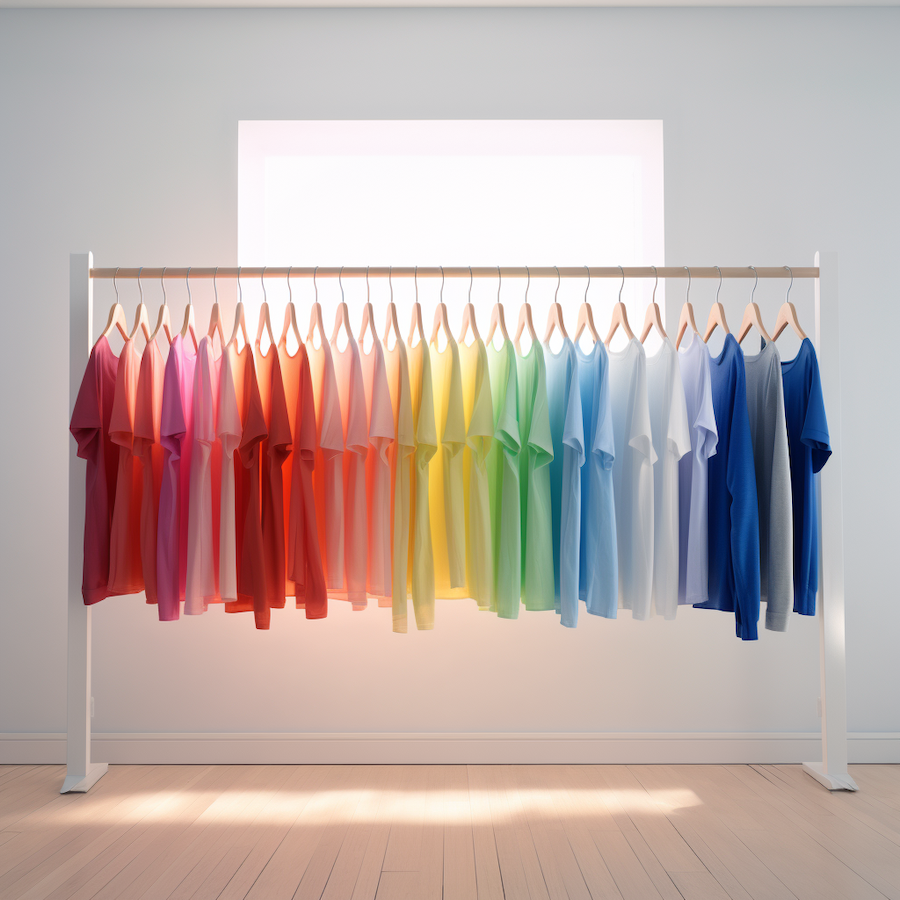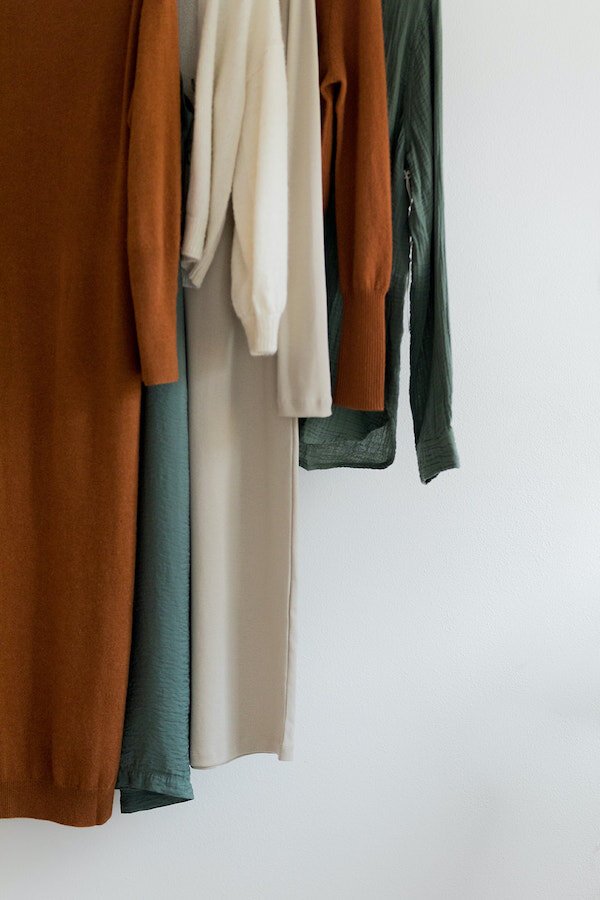
Color plays a significant role in fashion, extending beyond mere aesthetics to influence emotions, perceptions, and interpersonal dynamics. The psychology of color explores how different hues can evoke specific moods and feelings, thereby impacting both individual self-expression and societal trends in fashion.
The Emotional Impact of Colors
Colors are profoundly capable of eliciting emotional responses. For instance, red is often regarded as a color of passion, energy, and excitement. It stimulates feelings of confidence and is frequently used in fashion to make bold statements—be it in a romantic setting or a professional environment, where a red garment can enhance a person’s perceived attractiveness and assertiveness[2][11].
Conversely, blue is associated with tranquility and stability. It is known to foster a sense of calmness, making it a popular choice for job interviews and corporate attire, as it conveys reliability and professionalism[11]. This color's soothing qualities can help reduce anxiety, creating a balanced atmosphere for both the wearer and those around them.
Yellow, often linked with happiness and optimism, can uplift one's mood and stimulate creativity. Wearing yellow is known to project a cheerful disposition, which can positively influence social interactions[6][8]. However, it's important to note that overly bright shades of yellow may sometimes evoke feelings of irritation if used excessively[8].
Green signifies balance, harmony, and connection to nature. It evokes feelings of renewal and freshness, making it an excellent choice for conveying a sense of well-being[7][9]. This color can create a calming effect, making it highly suitable for casual or laid-back settings.
Black, emblematic of elegance and sophistication, is often wielded as a tool of authority and formality in fashion. It can enhance a person’s appearance, projecting strength and confidence while also being versatile enough for various occasions[10][11]. In contrast, white typically represents purity and simplicity, embodying cleanliness and new beginnings. It is generally perceived as a refreshing choice, particularly in summer wardrobes[7][9].
Color Choices and Personal Expression

Fashion choices often reflect personal feelings and identities through the lens of color. The colors selected for clothing can serve as silent communicators about a person's mood or personality. For example, vibrant hues like orange exemplify enthusiasm and friendliness, encouraging an approachable image in social contexts[8][11].
The impact of color extends beyond individual attire to shape entire fashion trends and brand identities. Designers are increasingly aware of the psychological effects of colors, utilizing them to evoke specific emotions that resonate with their target audiences. This strategic use of color can influence consumer behavior significantly; for instance, incorporating warm colors may create a lively atmosphere, while colder tones might project professionalism and calmness[6][2][10].
Color theories play a pivotal role in wardrobe planning. Understanding which colors complement one's features can enhance an outfit's overall impact. For instance, experimenting with color combinations can reveal which hues evoke positivity or confidence, bolstering self-esteem and influencing how others perceive the individual[7][9].
Cultural Nuances in Color Perception

Cultural context greatly influences color interpretation. For example, while red commonly symbolizes love and passion in Western cultures, it can denote luck and happiness in Chinese culture. Similarly, white is often associated with purity in Western weddings, but it signifies mourning in some Eastern traditions[3][11]. Such cultural variances highlight the importance of awareness when selecting colors for certain occasions or environments.
Color in Fashion Trends

The fashion industry continually evolves, with designers often tapping into color psychology to reflect societal moods and shifts. For example, vibrant and playful colors have surged in popularity post-pandemic, symbolizing a collective desire for joy and optimism. Designers like Stella McCartney and Moschino have embraced bold color palettes that aim to uplift and inspire, emphasizing how color can inform both personal style and broader fashion narratives[10][11].
By studying color psychology and applying its principles, individuals can make intentional fashion choices that enhance their mood and effectively communicate their identity. Understanding the effects of specific colors allows both consumers and designers to create meaningful connections through fashion, transforming attire into a powerful medium of self-expression and emotional communication.
In summary, the impact of color in fashion transcends visual appeal, resonating on emotional and cultural levels. By recognizing the emotional associations and social implications of colors, both individuals and designers can navigate the complex relationship between color, mood, and style, ultimately using fashion as a means to express authenticity and connection.
Get more accurate answers with Super Pandi, upload files, personalized discovery feed, save searches and contribute to the PandiPedia.
Let's look at alternatives:
- Modify the query.
- Start a new thread.
- Remove sources (if manually added).